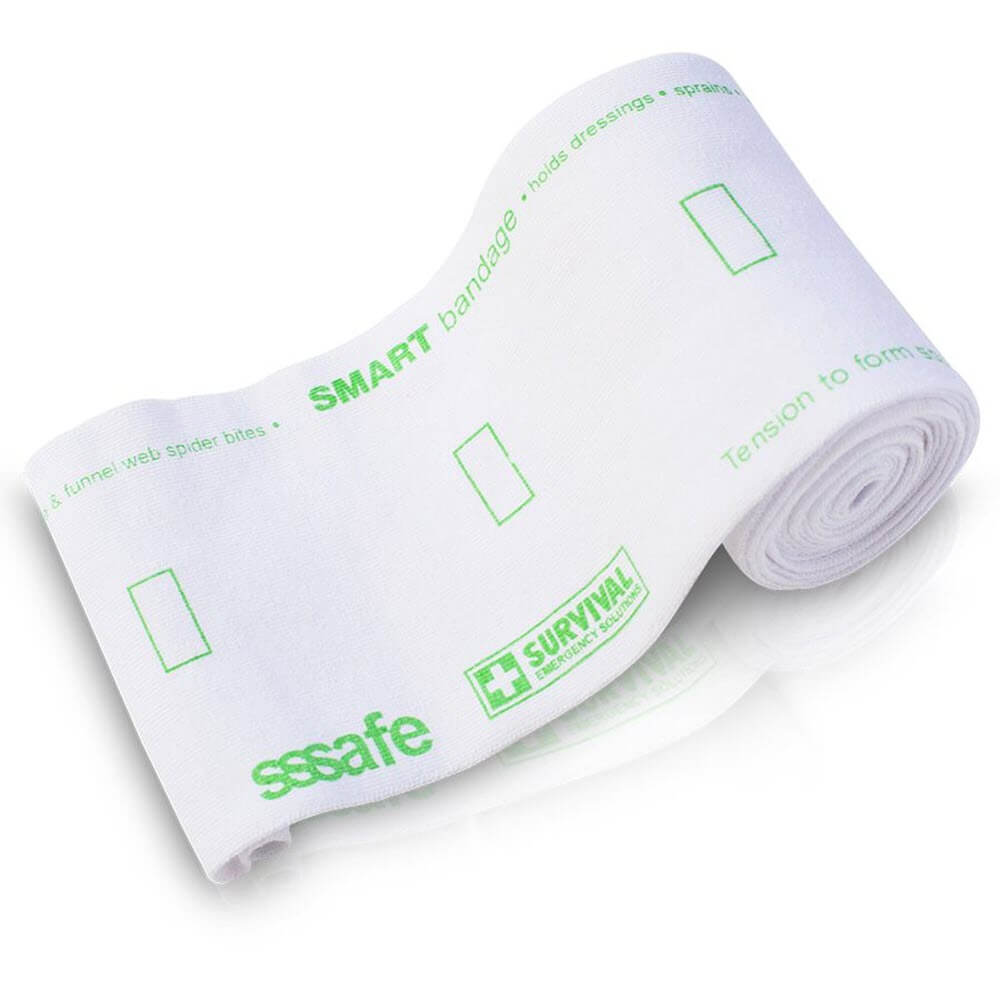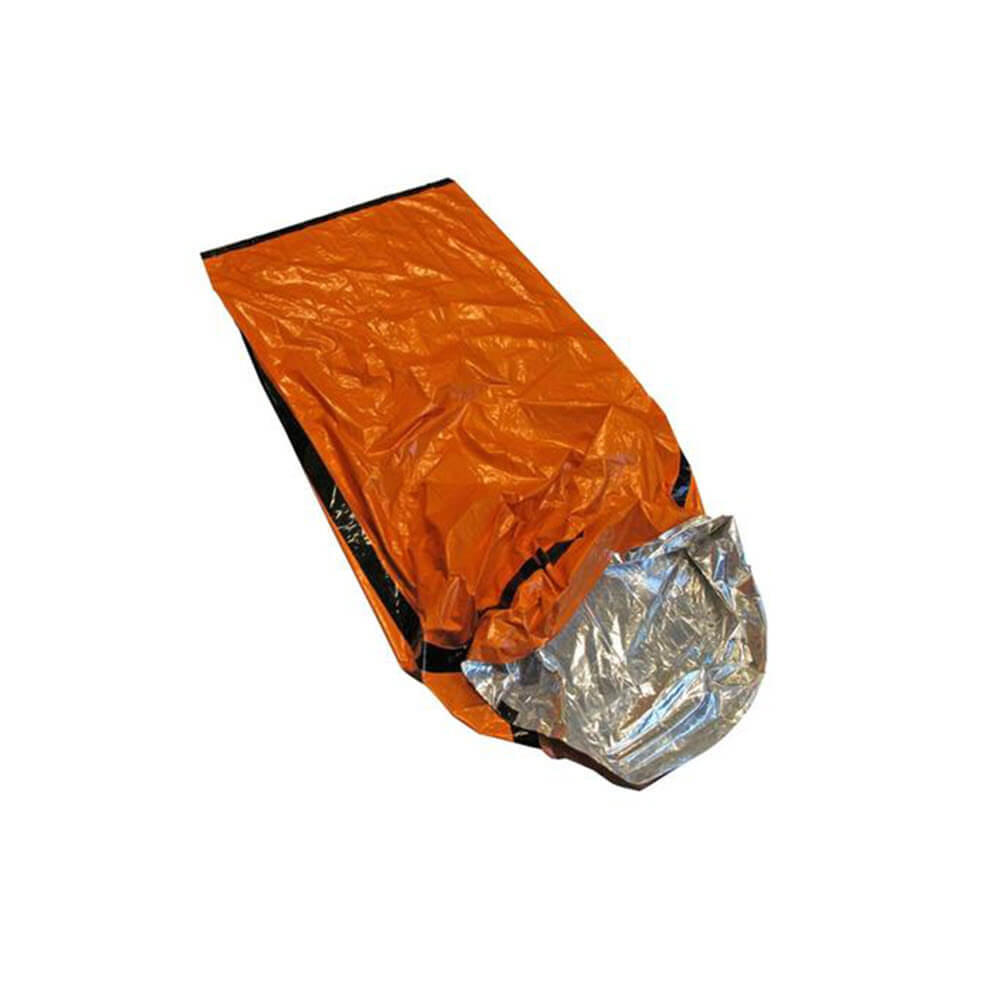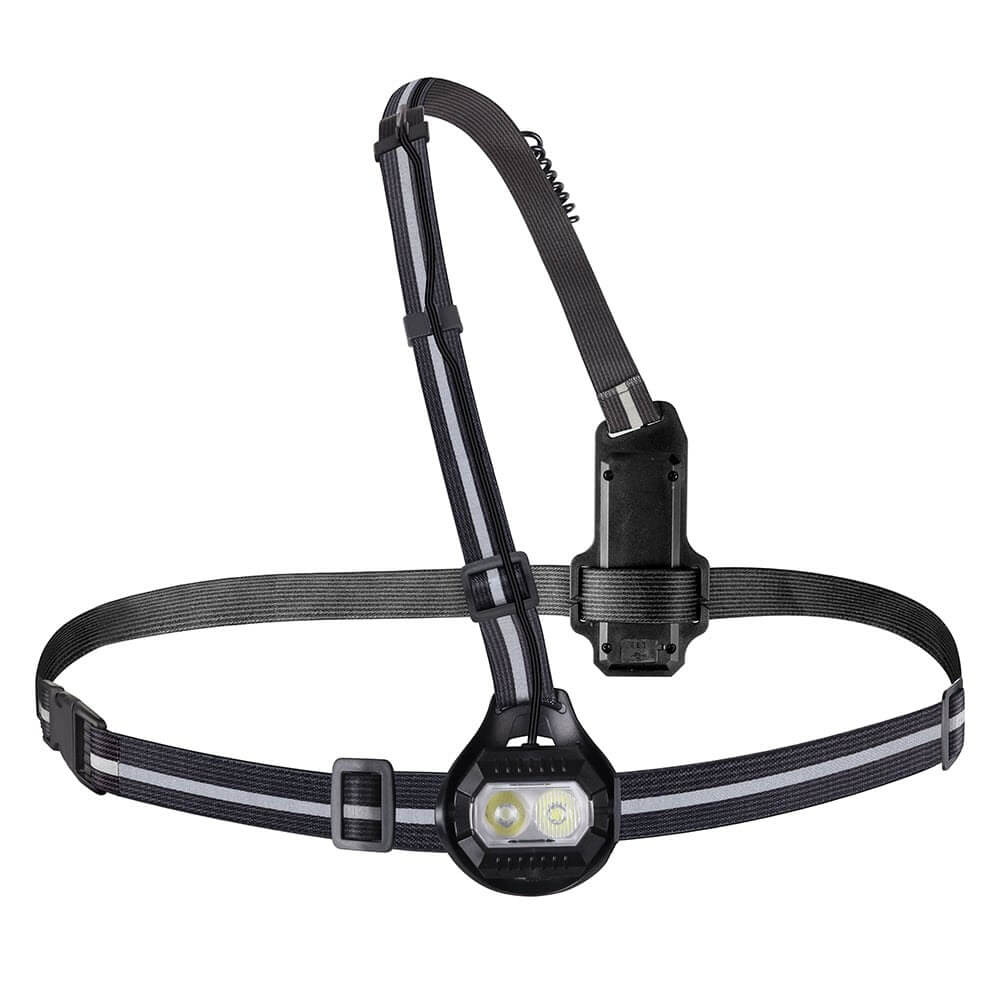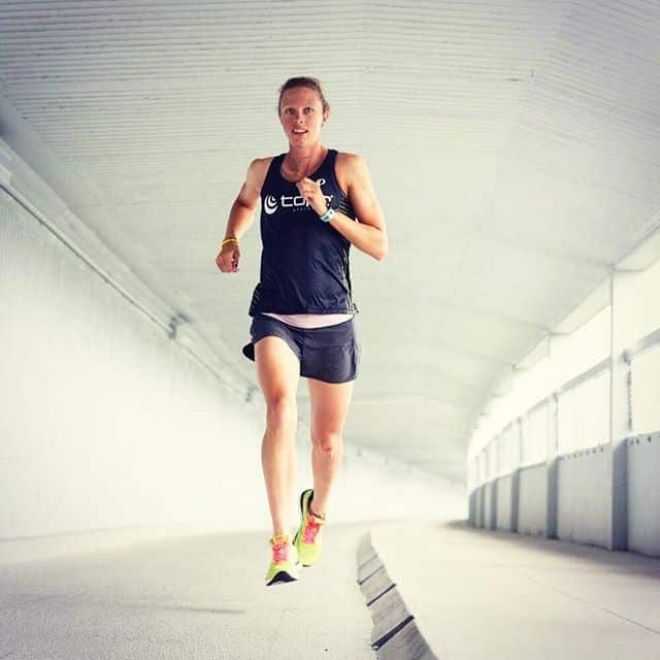Emily (we super affectionately call her Em 😉) Is one of the world’s nicest humans. She is a super knowledgeable and qualified podiatrist, running and triathlon coach and Pro Triathlete! She shares her amazing knowledge with us on injury prevention, running form and what often happens to your running form as you fatigue. You can reach out to Em HERE!
Now onto the juicy full of info blog!
Running efficiently and with good form is key to maximising speed and minimising injury risk. This is particularly important for endurance athletes – runners, triathletes and players of team sports. However, maintaining good form can be far more difficult than we realise.
Good vs Poor Running Form
Running is repetitive and high load. As such, the risk of fatigue and overuse injuries is high. These risks are heightened moreso with fatigue, because form faults become more prevalent. Striking the ground in a sub-optimal position means that load and strain are increased, and the consequences are magnified further with increasing distance or pace.
Many different factors contribute to fatigue, and some runners get tired far quicker than others. Essentially the longer you can delay the onset of fatigue, the faster you will be. As you fatigue, your natural running technique will deteriorate and your form faults become more prevalent. Consequently, you become less efficient and your pace slows.
Common Form Faults
Common form faults include poor hip stability, overstriding, slowed cadence and poor posture. These are all intertwined and closely related, so it’s not uncommon to see these co-existing. Faults can be exhibited differently depending on the runner – but rounded shoulders, hip drop and “sitting” posture are all examples of these faults being at play.
Subconsciously, many runners will try to keep striding out and maintain stride length as they fatigue in an attempt to maintain pace. However, this leads to overstriding. Essentially, overstriding occurs when your foot strikes the ground too far infront of your body, or your centre of mass. Foot strike angle (heel vs midfoot vs forefoot) is irrelevant. Overstriding leads to increased ground reaction forces and impact.
Common compensations include increased ground contact time and “sitting” posture with increased hip flexion – both of which are mechanisms to increase shock attenuation to cope with increased impact. Increased knee flexion, hip drop/instability, loud forefoot slapping and increased pronation are also commonly seen as a result of overstriding.
Many runners struggle to maintain their cadence (strides per minute) at the best of times, but this becomes even more challenging with fatigue. Due to poor hip posture, and increased ground contact time, cadence will typically slow and give you the feeling of being flat or bogged down.
Hip drop and instability are commonly linked to increased injury risk. Though often seen as a compensation for poor form, these faults can also correlate more directly to poor glute and core muscle activation during gait.
How to Improve your Running Form
Being so repetitive in nature, it is really important to reinforce positive changes over an extended period of time. Improvements will not happen overnight, but rather will take consistent and conscientious effort over a period of at least 4-12 weeks.
Posture is key. From a good position, cadence and foot strike position can then be manipulated and controlled more effectively to make subtle changes. There are three elements to consider; training load and balance, functional strength, and self-awareness.
To combat the effects of fatigue, your training load needs to be sufficient to work on building muscular endurance and strength. However, too much volume and running with poor form will only reinforce bad habits. Balance is essential. Basic training principles need to be at play, remembering that sessions at increased pace or longer sessions are more likely to encourage running with poor posture.
Incorporating a combination of functional strength training, running drills and strides into your running program will help address form faults by promoting better form and developing self-awareness. The importance of consistently investing time into these components of training is often overlooked, but is vital and can play huge dividends, for both injury rehabilitation and prevention.
Core and glute strength provides the foundation for good running form, facilitating better posture and hip stability. Single leg exercises are by far the most beneficial for running, as they will recruit stabilising muscles like your glute medius and soleus more effectively.
Running drills can then capitalise on these strength gains to encourage the correct muscle activation patterns and further reinforce good form. There are a plethora of running drills, but the key is performing them correctly to maximise the intended benefit. Drills should be implemented progressively, with specific drills designed to target different aspects of form – eg. posture, co-ordination, ground contact time, cadence, speed and power.
Developing better self-awareness about what it feels like to run with good vs bad form is also key, and comes with practice and from focussing on these other aspects of improvement on a consistent basis.
















